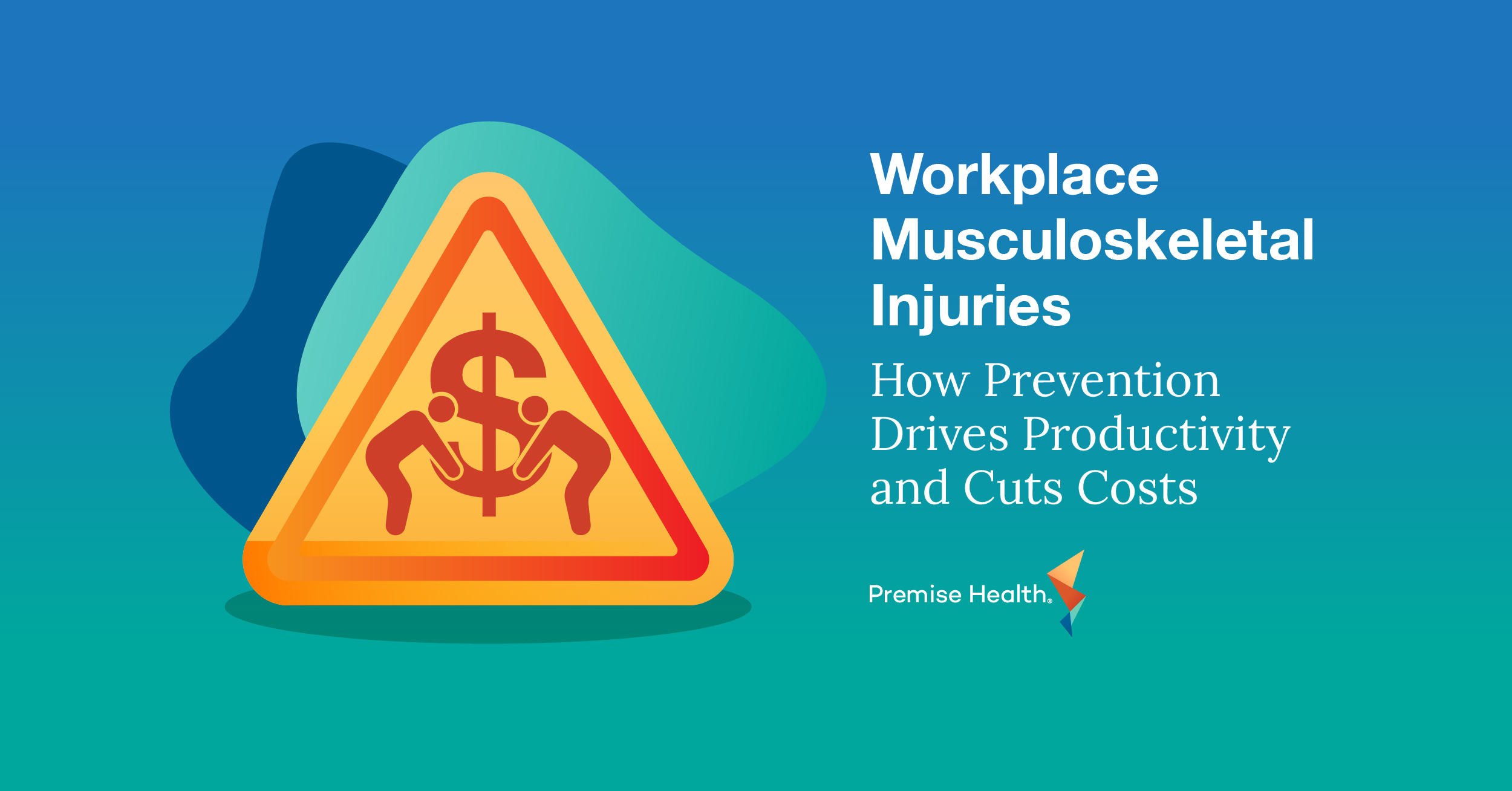Three Signs Your Organization Needs a Referral Coordination Solution
Let’s get real: Finding affordable and quality healthcare is difficult, and when you need to see a specialist, you don’t always have the time and resources to shop around. You just want life to get back to normal.
An analysis by Healthcare Bluebook indicates that up to 25% of total medical spend is ‘shoppable’ – meaning it can be scheduled and isn’t an emergency – and that roughly half of that spend could be saved with the support of a referral coordination solution to guide patients to the right facilities and providers.1
If you’re a self-insured employer, you might be seeing astronomical prices for specialist visits, repeat claims for the same procedures, and complaints from employees about the quality of care available in your community. As a result, benefits leaders are looking for a solution to help them reduce costs, improve outcomes, and deliver better member experiences.
That’s where Care Navigation comes in.
Care Navigation takes a personalized approach to finding specialty care.
With Care Navigation, members work with a real person – not an algorithm – who uses outcomes and price data to find the most cost-effective, high-value specialty care in their community. A Care Navigator serves as the members’ advocate in the healthcare market and manages the referral process from warm hand-off to follow-up, so they spend less scheduling their care and more time getting treatment from a provider.
This simultaneously fills a gap for organizations, saving money on specialty procedures improving member experience, and helping drive positive medical outcomes. But how do you know that your organization needs a solution like Care Navigation?
Here are three signs that your people will benefit:
Your organization sees a lot of imaging or specialty referrals.
Care Navigation is specifically designed to help members find specialty care in fields like gastroenterology, neurosurgery, orthopedics, cardiology, and imaging, just to name a few. So, it only makes sense that if your population is regularly engaging with community specialists, they may be at risk of not finding the best possible care at the best possible price.
When Care Navigators are integrated with primary care providers, the process is more convenient and reduces stress thanks to hands-on support.
At Premise Health, if a member needs additional diagnostic or specialty care, our primary care provider will make a warm hand-off to the Care Navigator. The Care Navigator then takes the lead on finding accessible, high-quality, and in-network care for the member, even scheduling the appointment on their behalf and collecting and sharing any necessary medical records with the appropriate parties.
As a result, members gain a helpful guide that supports them on their health journey inside and outside the four walls of their primary care center.
Your organization is in an area with a lot of hospital systems.
When you live in an area that’s filled with multiple large hospital systems, it can be easy to get “analysis paralysis” over where to go for which procedures.
Reputation of the hospital, location, and the recommendation from a primary care provider drive most people’s decision on which facility to go to for a surgery or procedure. Yet, outcome factors like readmission, morbidity and mortality are less likely to top the list of most important considerations when choosing where to get a procedure done.
At Premise, we know that not every facility or provider is good at everything, and prices vary wildly for the same procedure, even in the same geographic area. Patients may assume that their local hospital is the right place to get a procedure done because it’s convenient or they recognize the brand. But really, the cost of a procedure at a hospital may be 800% to 1000% more expensive than if it was performed at a surgery center in any given market – a variance driven by care setting, not quality.2
Your organization is seeing increasing spend on procedures (and low engagement with preventative procedures).
Premise calculated that employers front up to $715 billion per year on wasteful medical spend.3 When you look at what your organization spends on healthcare every year, how much of that spend goes towards ineffective or duplicative care?
At many organizations, employees are not finding the most cost-effective care to solve their problems. When a member has a duplicate procedure, they also file a duplicate claim, meaning employers end up paying twice the price for a health challenge that could have been solved the first time.
A referral coordination solution like health care navigation helps members identify the highest value facilities and providers for specialist care, saving money on both the initial cost of the surgery or procedure and any unnecessary treatment that may result from going to the wrong facility. It’s a win-win for employees and their companies.
That said, rising costs may also signal that employees are not taking advantage of preventative health benefits that make it possible to catch problems early and avoid major operations down the road. That includes things like mammograms, colonoscopies, and other imaging procedures – they aren’t necessarily comfortable, but they are important.
A direct healthcare strategy can solve for this by creating opportunities for primary care providers (PCPs) and Care Navigators to collaborate to find the best treatment for members. PCPs can help members to stay on top of what preventative procedures they should be seeking. Through care navigation services, employers can boost engagement by incentivizing members to get care from reliable providers at cost-effective facilities. As a result, members can get ahead of potential health risks leading to less expensive treatments with faster recovery times and better outcomes.
When employees don’t receive the best care at the best price, their employers also foot the bill. Premise Health’s Care Navigation solution offers a guided experience that focuses on empathy, communication, and collaboration to help members seamlessly manage their care. And as part of the Connected Care+ suite of products, it’s just one way that you can put the focus on your population’s health and maximize your healthcare strategy, all while reducing healthcare cost.
Get in touch to learn more about Premise’s Care Navigation approach.
1, 2 Healthcare Bluebook book of business analysis looking at over 10+ years of historical data across 9.000 clients
3Premise Health internally-calculated statistic
Next on industry insights.

Overcoming Burnout: Strengthening Workforce Resilience Through Behavioral Health
Read the Blog
Workplace Musculoskeletal Injuries: How Prevention Drives Productivity and Cuts Costs
Read the Blog